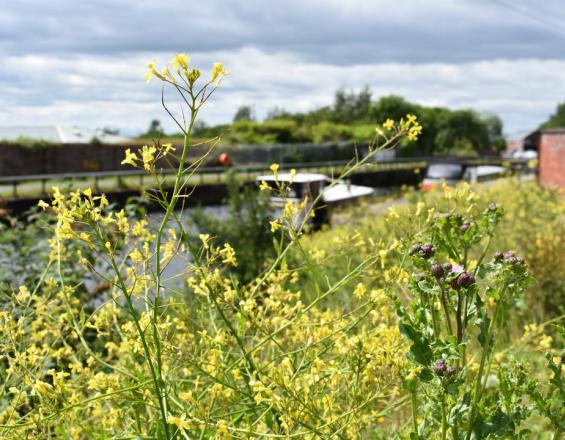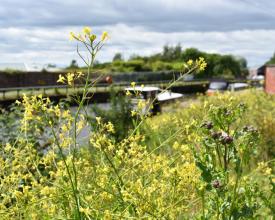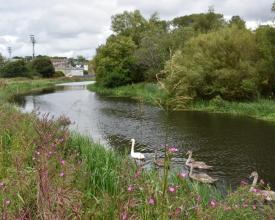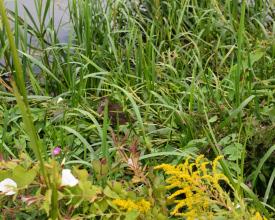
Canales inteligentes y reservas naturales locales para el norte de Glasgow

La Intervención Estratégica en Infraestructuras Verdes (GISI) del Gobierno escocés mejora la calidad de vida mediante la mejora de la calidad, accesibilidad y cantidad de infraestructuras verdes en los principales asentamientos de Escocia. El Ayuntamiento de Glasgow y Scottish Canals, con el apoyo de la GISI, quieren aplicar dos estrategias clave para apoyar este plan de expansión de la infraestructura verde.
El proyecto de Reserva Natural Local (RNL) de Clay Pits creará una RNL de 10 ha con una red de senderos y paseos marítimos, un sendero para bicicletas de montaña, puntos de pesca accesibles para discapacitados, entradas rediseñadas, miradores y un puente peatonal.
El canal inteligente ofrece importantes elementos de adaptación al cambio climático. Proporciona una gestión sostenible de las aguas pluviales de los terrenos baldíos mediante la combinación de infraestructuras verde-azules y la gestión del nivel de agua del canal para almacenar las aguas pluviales. Se trata de un excelente ejemplo de adaptación al cambio climático, ya que las precipitaciones son cada vez más extremas.
Para más información, póngase en contacto con Elana Bader
Contexto
Défis à relever
Ubicación
Impactos
Canal & North Gateway es una empresa conjunta del Ayuntamiento de Glasgow y Scottish Canals. Se trata de un proyecto ejemplar de infraestructura verde-azul que está a la vanguardia de la adaptación a los problemas del cambio climático mediante la gestión de las aguas superficiales y el riesgo de inundaciones en el entorno urbano. La principal innovación es la gestión dinámica de los niveles de agua tanto en la espina dorsal del canal como en cada zona de gestión del agua en respuesta a los patrones meteorológicos previstos. Esto permite retener el agua dentro de los elementos de SuDS en condiciones meteorológicas normales, contribuyendo a la refrigeración urbana al aumentar la presencia de aguas superficiales durante los fenómenos no relacionados con las inundaciones. El proyecto mejora significativamente la biodiversidad mediante la creación de nuevos y variados hábitats asociados a los dedos de la infraestructura azul-verde que se extenderán desde el corredor del canal hasta el corazón de los sitios de regeneración. Estas mejoras de la biodiversidad son muy visibles en la reserva natural de Claypits. Los dedos de infraestructura verde formarán un corredor de márgenes de humedales a lo largo del cual podrán desplazarse la flora y la fauna, ampliando el vínculo entre el medio rural y el corazón de la ciudad. Además, esta intervención mitigará el aumento previsto de las precipitaciones y la intensidad asociada al cambio climático y contribuirá a regular la calidad del agua al evitar los desbordamientos del alcantarillado combinado en los cursos de agua durante las tormentas.






